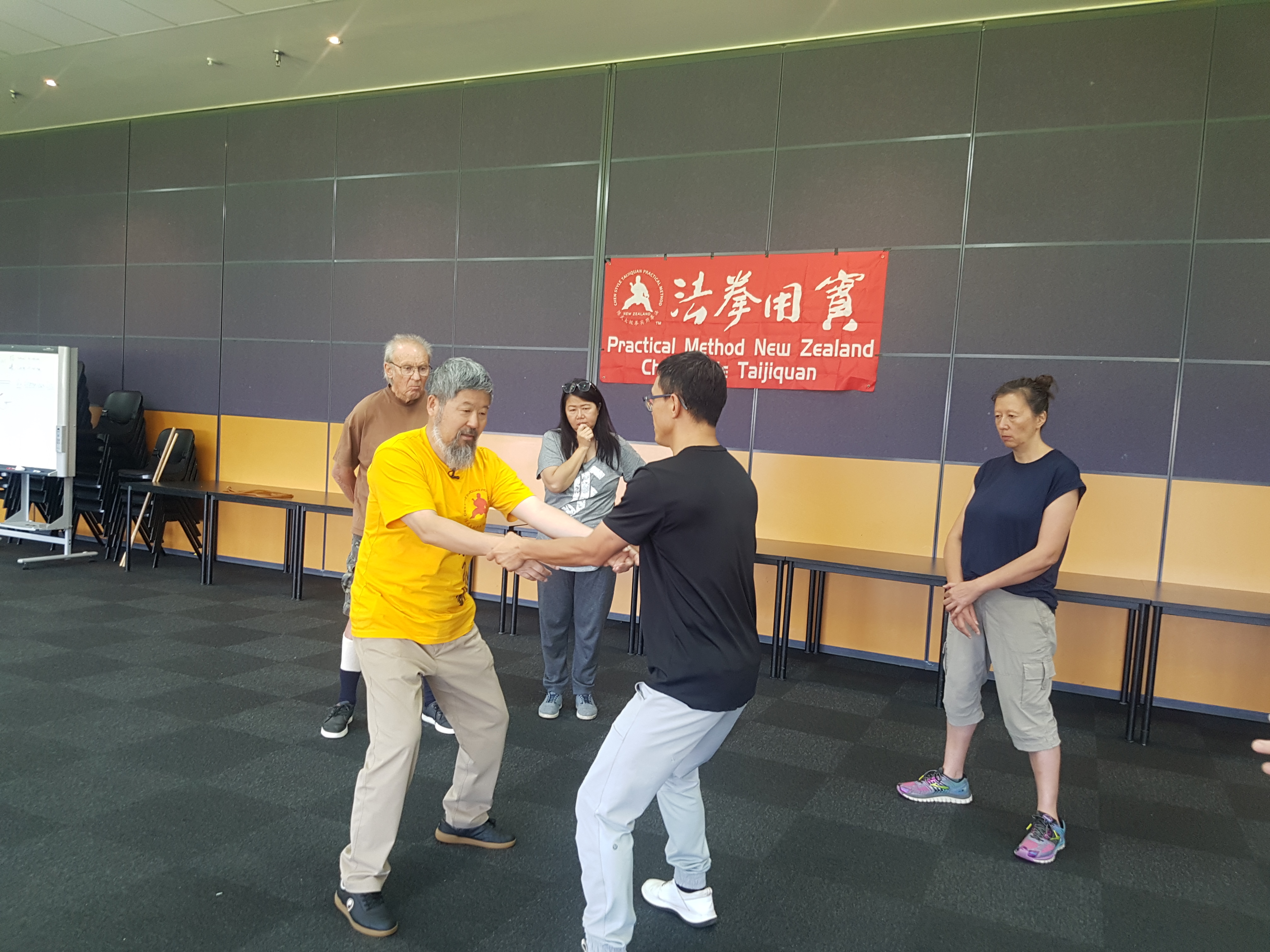
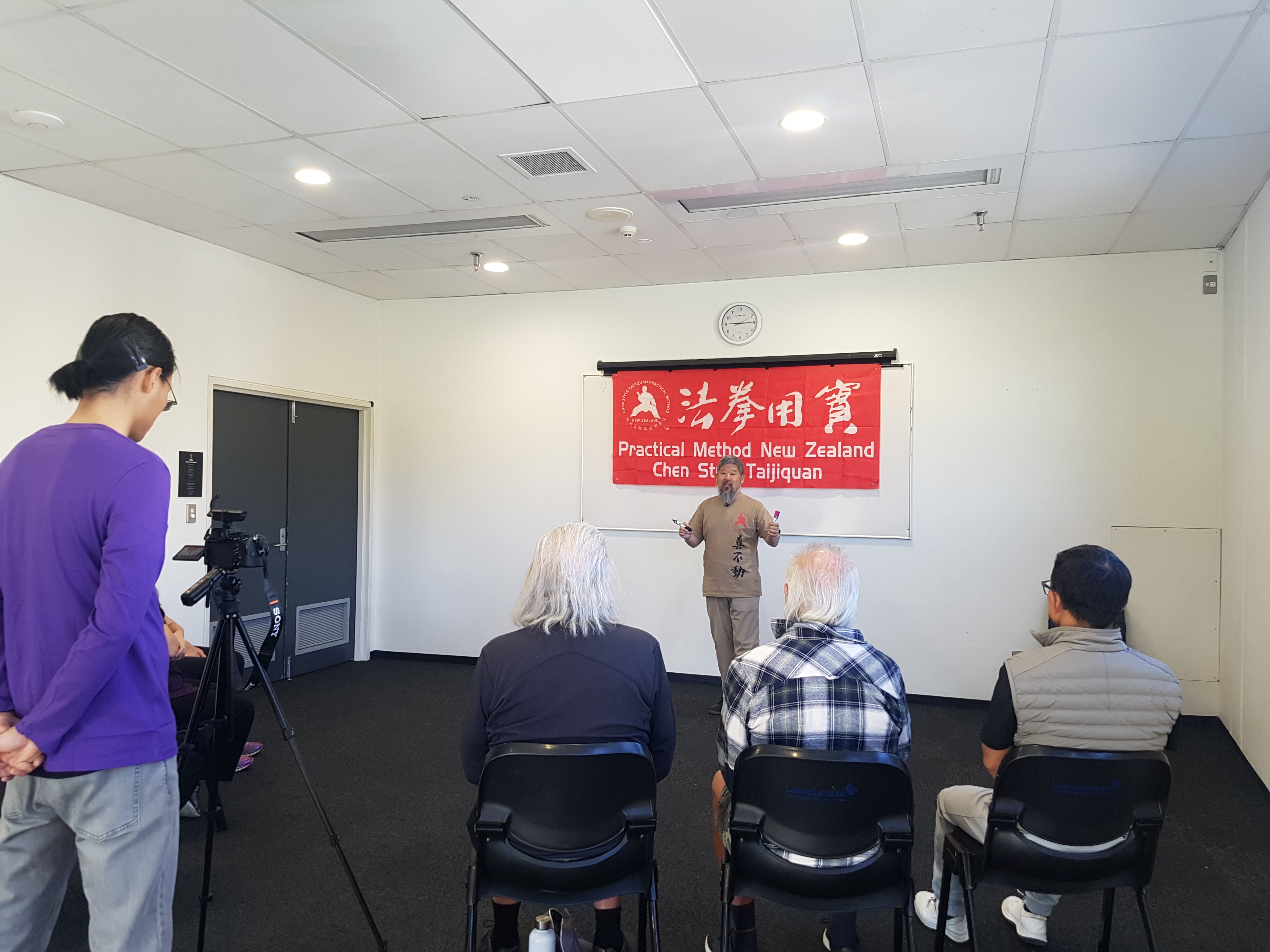
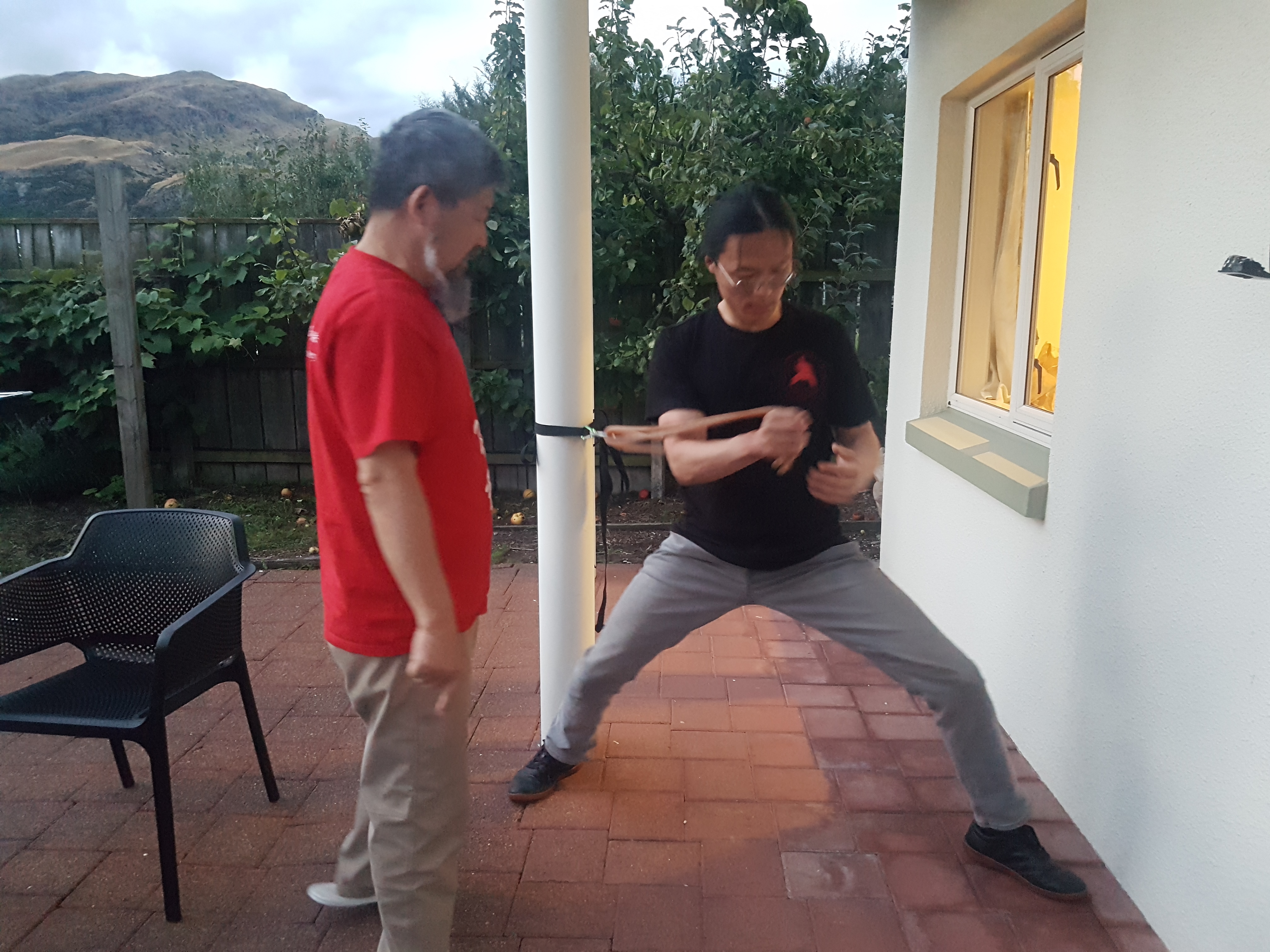
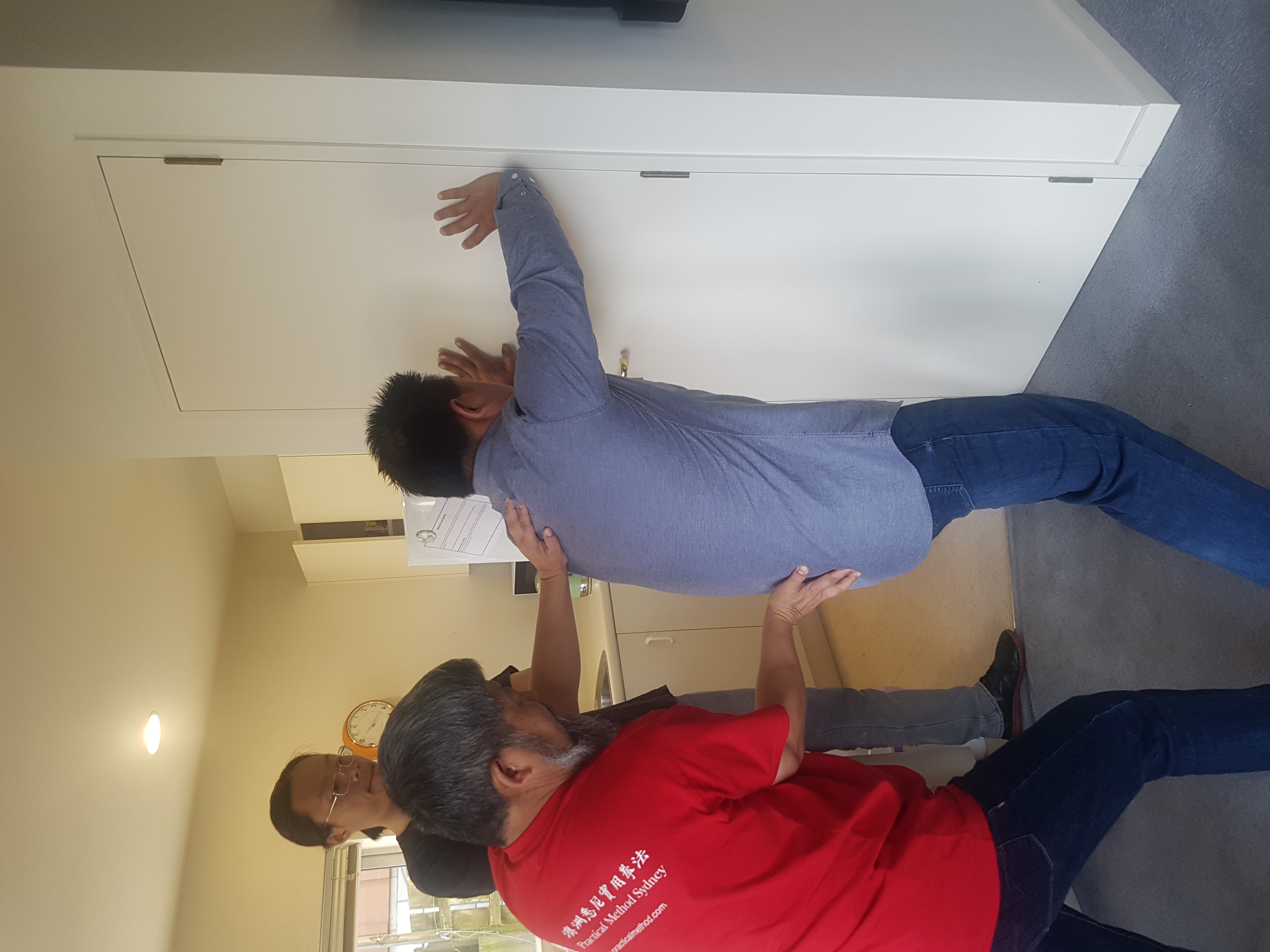
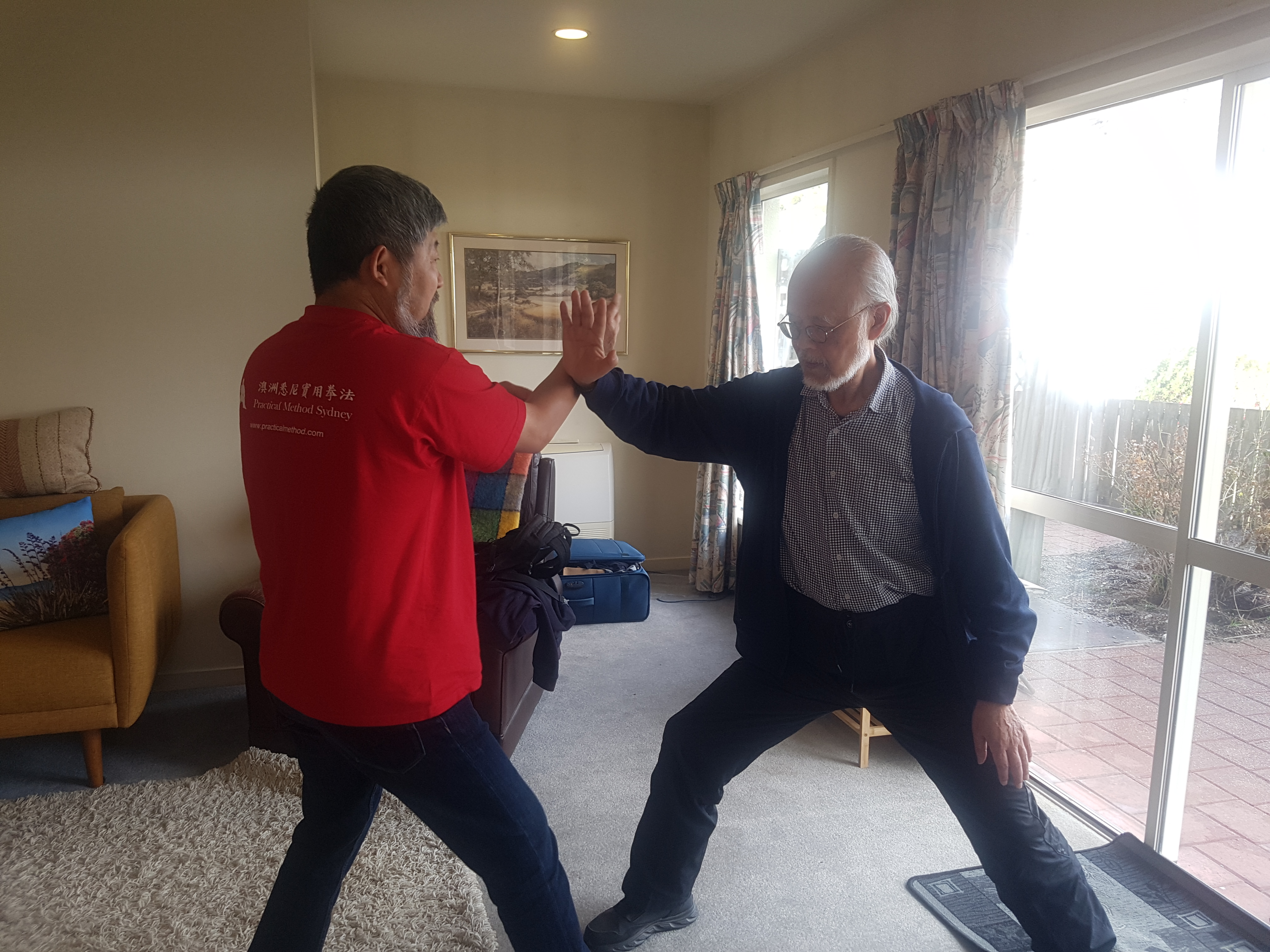
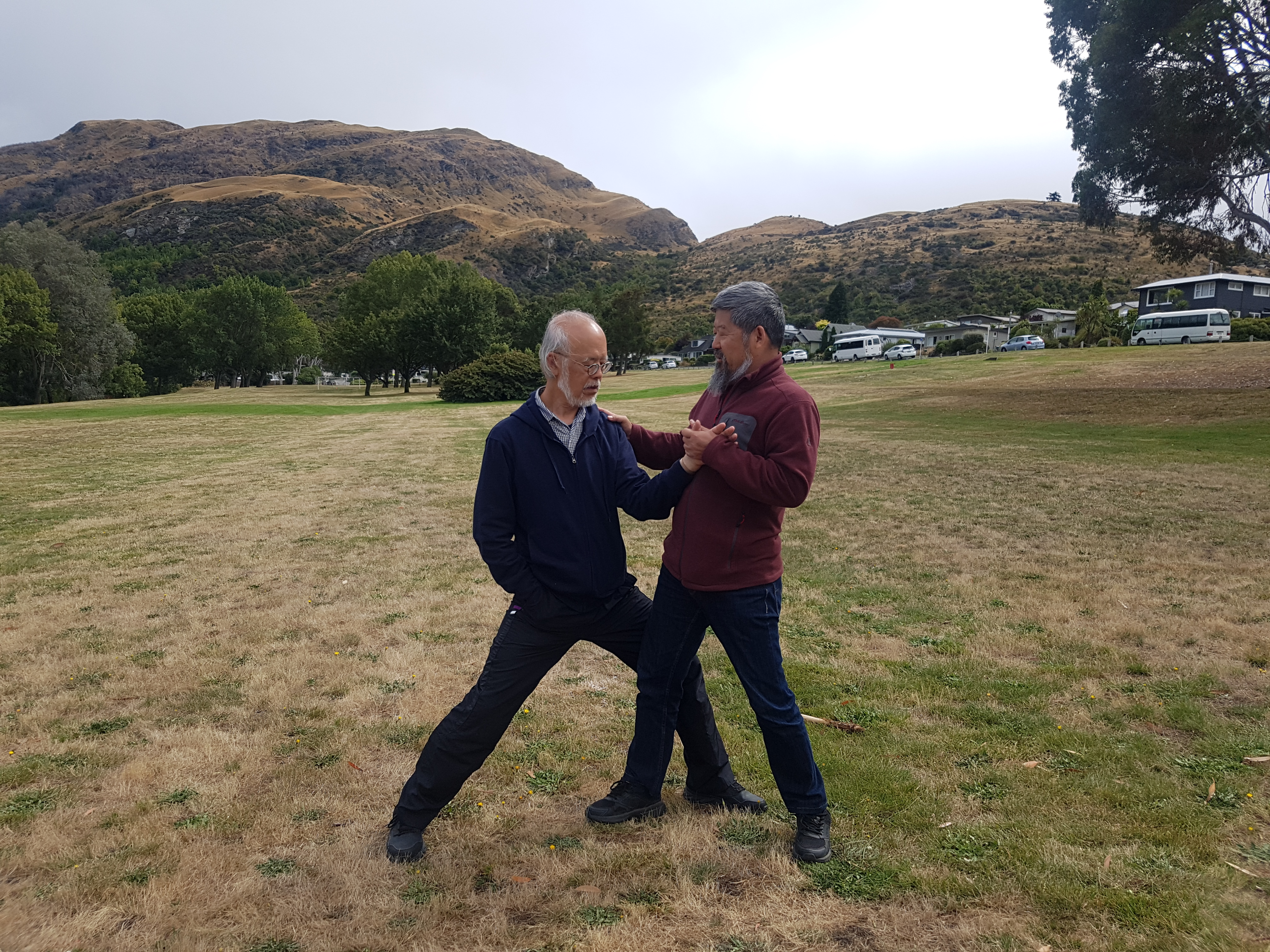
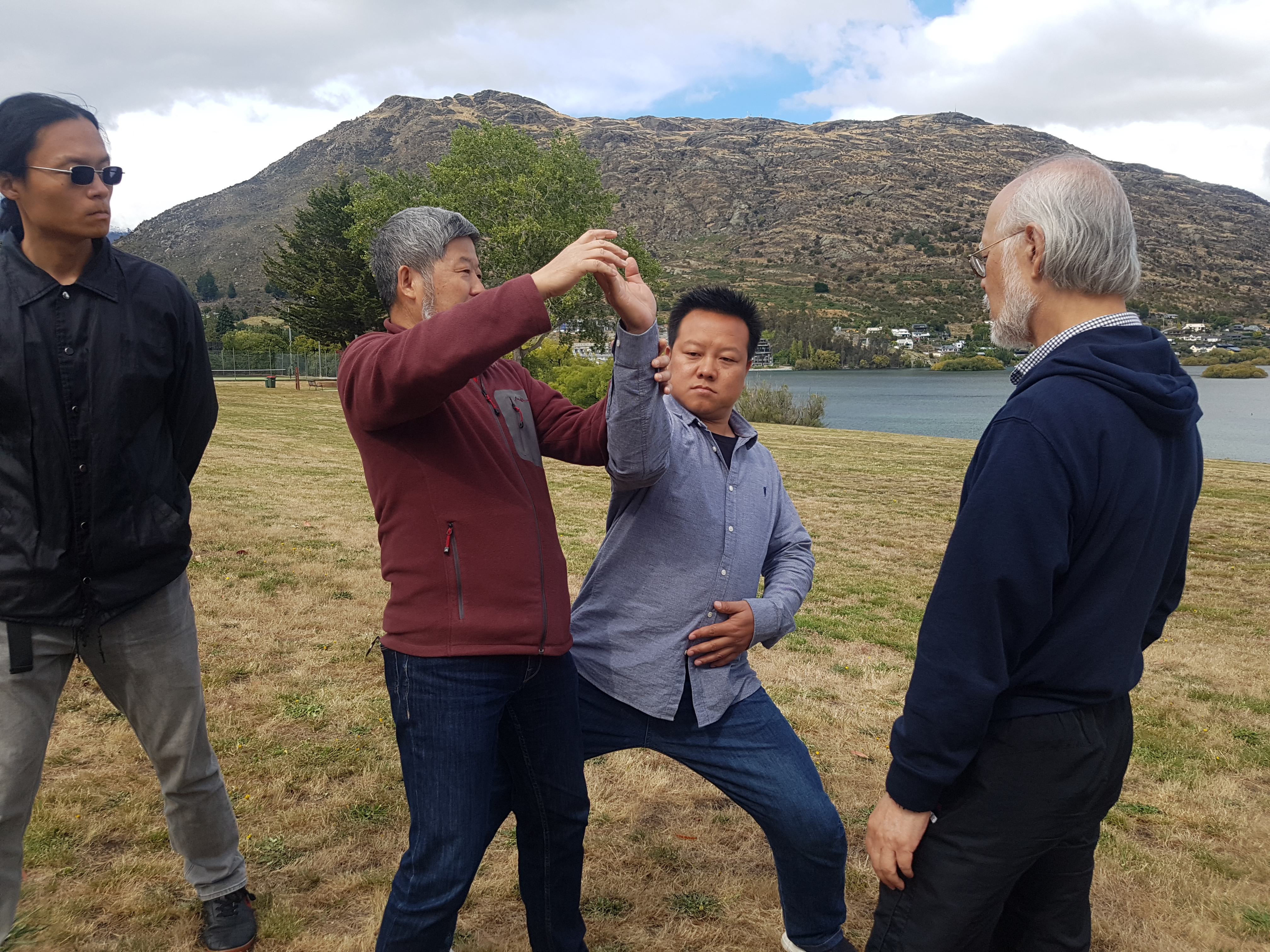

Chen Zhonghua Taiji Academy Phone: 780-413-0454
Chen Taiji Practical Method and Hunyuan Taiji practical_method@outlook.com
by Yuxin Liu on 2024/03/14








by Yuxin Liu on 2022/05/24
Chen Style Taijiquan Practical Method employs 5 dimensions (layers). These 5 dimensions make up all the action combinations of Chen Style Taijiquan Practical Method. The “dimension” here is different from the scientific definition, more like the “plane” in English. The 5 dimensions are: Read more
by Yuxin Liu on 2022/03/25
Momentum force: A force with inertia. Momentum force is simply the force generated by movement. It is an active power. Sometimes this force is unstoppable. What we usually hear is “it’s hard to gather overwhelmed water”, and “the arrow sent out” is this kind of force. In the simplest terms, we throw a stone out, and once it’s out, although in the air, we are no longer able to change its direction or force. Synonyms: active force, dynamic force. Read more
by Yuxin Liu on 2022/03/24
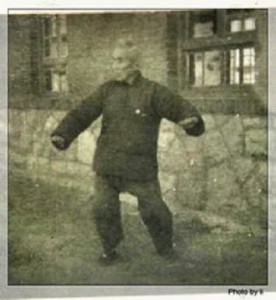
Being soft inside and hard outside is a movement principle and concept of Chen Style Taijiquan Practical Method. Intuitively, the inside is soft, movable and active. The outside must be harder than the inside so that it can wrap things inside. Thus, the outside is fixed, passive, and a manifestation of the inside.
This feature is the opposite of the common sense of softness with rigidity, and needles hidden in cotton. The normal understanding of Taijiquan is that it looks soft like cotton, but there is hard steel hidden inside.
The “softness” of Chen Style Taijiquan Practical Method is hardness to the extreme is softness, not softness in the ordinary sense. At this point, it is likely to be different from other Taijiquan cognition. This is also a major feature of Practical Method. Read more
by Yuxin Liu on 2022/03/03
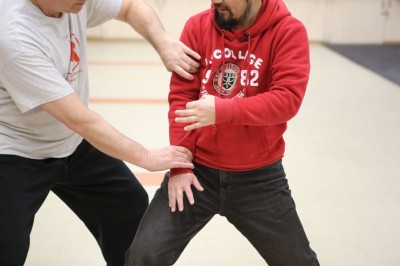
Hardness to the extreme is softness. Once it reaches the end, cannot be any harder, but soft.
This softness is actually very hard, fine and smooth, such as polished jade, polished stone, stainless steel surface, glass screen of mobile phone, etc.
From these examples, it can be seen that the softness of Taiji is not true softness, but an appearance of softness on the outside, it is actually hard and rigid. Read more
by Yuxin Liu on 2022/03/03
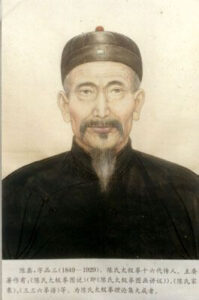
Chen Xin (1849-1929)The 16th generation of Chen Style Taijiquan, author of “Illustration of Chen Style Taijiquan”
by Yuxin Liu on 2022/03/02
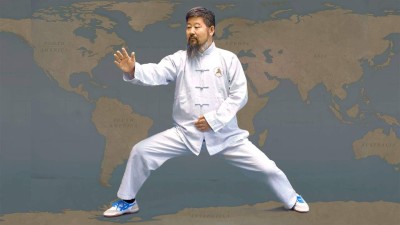
Chen Zhonghua Zhuanyong-Chen Zhonghua Block Touching Coat
by Yuxin Liu on 2022/03/01
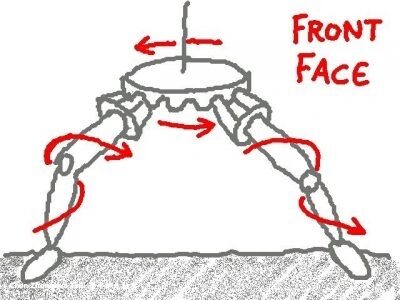
John Hudson-Silk reeling。
by Yuxin Liu on 2022/02/26
Middle finger: leading the energy
Index finger: issuing the power Read more
by Yuxin Liu on 2022/02/22
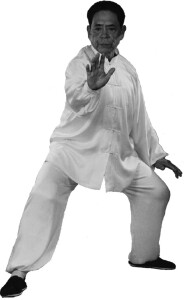
Grandmaster Feng Zhiqiang
Terminology: Hand-elbow relationship
Related terms: elbow in hand, hand on elbow; seven-inch knife; sit the wrist; forearm as a stick.
[In with elbow, no hand; out with hand, no elbow] This movement principle is a major contribution of Grandmaster Hong Junsheng to Taijiquan. This Taijiquan [Ten-word adage] clearly illustrates the importance of the relationship between the hand and elbow. Read more
by Yuxin Liu on 2022/02/12
Taijiquan
The soul is yin yang separation.
Everything must conform to this general principle. Yin yang separation is peng. Read more
by Yuxin Liu on 2022/02/12
by Yuxin Liu on 2022/01/26
In push hands, the first thing we need to do is to have peng energy. What does this mean? It requires us to be able to lock the opponent on the touch, confront him, without showing any disadvantages. We mustn’t show any weakness at the first place. Only like this, we will have the confidence to win.
What is confidence? Confidence is real gong fu. Without it, there is no use if you just feel good about yourself. How to gain real gong fu? Of course it is through years of training.
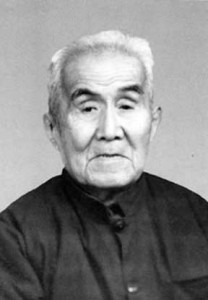
Read more
by Yuxin Liu on 2021/09/26
23rd:
Three iron hat. Head(fixed), shoulder/waist/kua(can be flexible), knee. Make sure the power is not leaked out. Big inside moves, outside is locked, so the power is contained, compressed and trapped, and it goes back to the floor. Move with pressure is the training.
Kua and elbow. When the kua is indented/short, we tend to overdo the elbow(too straight). The buttock should be hidden under by filling the kua. Read more
by Yuxin Liu on 2021/09/20
9th
Exercise: open triangle model with head, buttock and knee. Head and knees have to be in the same vertical line, can place on the wall as reference, and only pull the buttock back. The whole back has to be straight like one line of the triangle, mingmen is pulled out. Chest, torso and thigh have to stretch to go over a threshold. Common mistake, sway back, head leaves the line. Read more
by Yuxin Liu on 2021/09/09
by Yuxin Liu on 2021/09/03
by Yuxin Liu on 2021/08/26
Master showed a short video in one of his workshops in Xi’an China in 2018. The topic is to open from inside.
Open triangle model, which only exists in theory, in reality, the angle of the shoulder is 45 degree opening downwards, and the kua is 45 degree opening upwards from the crest line. A typical move in the forms is the armpit opening in double downward squeeze.
Read more
by Yuxin Liu on 2021/08/21
A good question is alreday the answer. A bad question is unrelated.
Question: how to fight a big guy without using muscles?
Don’t use muscles. The problem is you don’t know how to. 1.you need to fight,2.you cannot use muscles,3.there is sth you can use but you don’t know yet. Read more
by Yuxin Liu on 2021/08/18
The final thing of learning, one piece of puzzle making the difference. 99% leaving on your own to learn, one piece from the teacher. Master Chen went through everyone to find one thing to improve.
Read more
by Yuxin Liu on 2021/08/14
Train the shoulders to disappear. Target training with exaggerated moves. Positive circle, make sure the front shoulder does not pop. In with elbow, rear shoulder goes up;out with hand, sink the front shoulder and cave in the chest. Eventually, in with elbow is connected to the kua/dantian/foot, not the shoulders.When your mind is not on the shoulder, when you forget about it, it is relaxed.
Read more
by Yuxin Liu on 2021/08/07
Avoid tossing. One way is to do moves as if you are fighting and use power in it. Going over in the joints makes the noise of gedeng(咯噔),two metal with rubber on it.
Avoid injuries in the joints. Whenever issue power, it is a stretch, not a squeeze/compress. The only compression is the hand to the opponent and the foot to the floor, others only stretch. Like the spring or a shaft. Damage will happen because it is leaking sideways or there is no consistency. Example: the Japanese sword made with seven pieces welted together. Each part has its specialized cutting skill ie. how and what kind of material to cut. The joints work the same way. Each bone has different functions. The joints need open up to issue power, which may cause compression in other joints. Taiji has specific crooked body positions. The eight techniques: four cardinals and four diagonals. The four diagonals are not on the same plane but three dimensional crossed on different angles in space, which is what we train. It is crooked. Like when you cut veggies, and there is a type that you have to adjust the knife into different angles all the time to cut. The diagonals are the corners/45 degrees in application, power goes to the joints and it is crooked. You train the twist, in use it is a flow, but causing the opponents’ joints to be crooked.
Read more
by Yuxin Liu on 2021/08/07
Find and feel a line in the body. Produce a stick,can be long or short. At the beginning find the longest and then you can use part of it. In positive circle, sink the front shoulder towards the rear foot. Change the angle and make the shoulder disappear. Exaggerate. We are not doing it and we think we are doing it. It should be obvious that the teacher can see. To feel what going down means. When the kids fight, how do they go down? Read more
by Yuxin Liu on 2021/08/02
Train fajin, don’t care about the forms. Focus, purpose. Follow instructions and hold onto it, forget about everything else. The focus point must be so obvious can be seen by others.
If the shoulders are too big, the elbow will not come out. If the kua goes down with the moves, there is no separation. If you move, there must be sth not move; if you move, sth moves to the opposite.
Read more
by Yuxin Liu on 2021/07/31
Rhythm. Human-butterfly. Combination of actions. Special overall pattern. English accent.
Go over. If the body is not separated, you cannot lock one part, and therefore there is no going over. When it is linked, it is not going over. Trunk is one piece, like an iron board. You can go over with your actual joints. Or anything that is straight, you can create a joint/pivot, a spot in space outside the body.To go over/climb over or open the door.
Read more
Observation notes from part of the Iowa camp.
Theory and forms. 1.Yin yang sepatation; 2.The in and out. In with elbow(dantian), out with hand. To come in, has to be led by the inside; to go out, has to be led by the outside. Five points and dantian. 3.The middle (dantian/central axis) rotates.
Read more
by Yuxin Liu on 2021/07/25
The top is the top, the bottom is the bottom, the left is not the right, the right is not the left, the middle is right in the center. Same for outside and inside.
Read more
by Yuxin Liu on 2021/07/25
Application is not fighting, it is the meaning.
Stories.1996 in Shaolin Temple.The show performed by the personal team of the abbot.
Read more
by Yuxin Liu on 2021/07/19
Liu Baojun how to teach kids Taiji.Education sell people. Master Chen Zhonghua’s high school, changed from an art school to academic school in three years. Take the risk. Master did demonstrations at schools twice every year for ten years. Be consistent. Some of them might come to Taiji when they grow up. It is a hard thing to invest in culture. Master Chen taught 500,000 people and now he has about 200 students. Appreciate and value your students. At least someone keeps going, so the style does not die out.
Read more
Rotation. Connection. Active and passive. Movements are from the rotation of the core, the shoulders are coordinating, not adding or losing, transferring the power to the arms. The rotation of the core is the glue in Taiji, it ties with the 5 threads. As it rotates, the lines adapt and change, silk reeling, functions with different directions are the eight techniques. Examples: Front trick and rear trick. Part the wild horse mane. The core, from a vertical rod to dantian, a ball. It is easier to manipulate to pull the rope. Once you are able to maneuver, the body is integral, instead of scattered or loose. Master Chen showed the difference between rotation and tossing. Example: Cloud hands. Moving the rod and the bar in a T bar are different. At the beginning the integrity is visual but later it is power. Read more
by Yuxin Liu on 2021/07/09
3 years learning in the old time(学徒关系) is about 3 months full time training nowadays. The first 3 years is like the university, 7-10 years is the master degree, and after that, it depends on the situation.
Read more
by Yuxin Liu on 2021/07/01
The lead. Every move is led by an axis/core movement. No wobbling. BWAPTM. 1. elbow leading;2. Baihui-huiyin axis 3. two knees. Block touching coat. Body/central axis rotation leads the movements. Cross the wrists, rotate. Open the arms, lock, rotate. Two moves Master Chen Zhonghua often practices: 1. rotate the forearm on its own vertical axis; 2. standing with arms relaxed, rotate the central axis. Horizontal and vertical rotations.
Read more
by Yuxin Liu on 2021/06/19
Exercise: hold a ball in space, not moving, and move the rest part of the body freely.
by Yuxin Liu on 2021/06/12
Duanwu Festival, also known as Dragon Boat Festival, is one of the four most celebrated traditional festivals in China. It is on the 5th day of the 5th month of the traditional Chinese lunar calendar. The exact date varies from year to year on the western calendar. This year it is on Monday the 14th June.
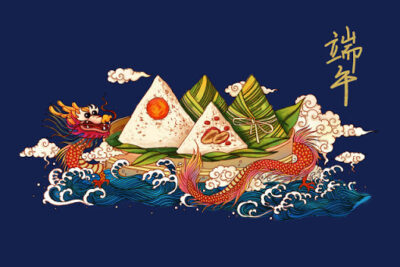
Duanwu Festival
by Yuxin Liu on 2021/06/11
Turning of the joints. The shoulder position in out with hand in positive circle. Lock the elbow, loose the shoulder. When the opponent does six sealing four closing on your elbow, how to resolve the elbow. The shoulder does not move, only rotate (single whip). The energy should shoot from the shoulder out through the hand, cannot go sideways, the hand is driven forward. Bit and brace, move from inside out. 节节贯穿。Go through, connected moves. Ground dragon, 缠丝功。
Read more
by Yuxin Liu on 2021/06/06
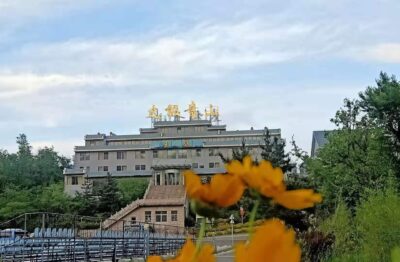
Wang Ting Hotel on Daqingshan
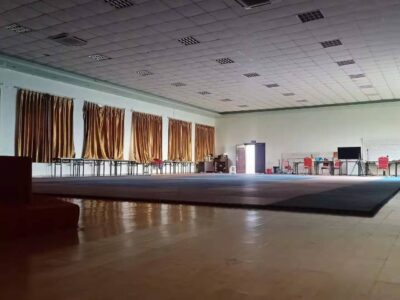
Chang Xing Training Hall inside Wang Ting Hotel
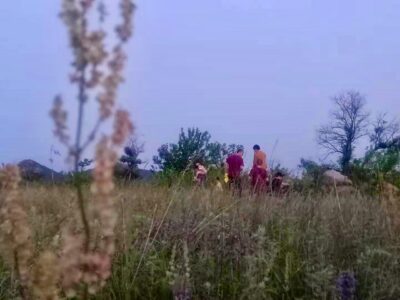
Taiji families DQS 20210604
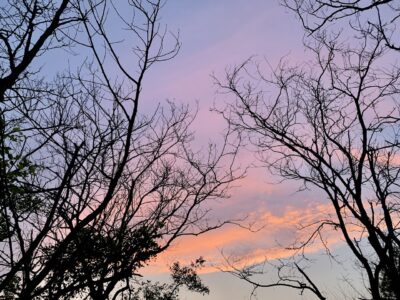
Every day is different. DQS 20210604
by Yuxin Liu on 2021/06/04
Size of kua movements. Template is the crank shaft. Maintain the rod in line. Size of the elbow and kua is the size of internal power, it has to be so big that you feel you are losing balance from inside. Chineses exercise: wash the waist. Kua cranking open. Master Chen Zhonghua demonstrated how big the opening can be in the kua and the opposite armpit in the forms.
Read more
by Yuxin Liu on 2021/05/27
1.Lock the middle, move the two ends, 3 ways; 2. Lock the two ends in a twisted way, break the middle, when doing the lock, the intention of directing the energy is to the middle. 3 ways. The ability to catch. Six sealing four closing. Two hands 90 degree hold a stick, elbows squeeze into the hands, creating forward and back force, accurately aiming to the center of the stick. It is two sets of hands.
Martial arts is not a sport. Real taiji (effect) is dramatic, turning of the joints.
Stretch more, reach far and try to touch everything outside you.
Read more
by Yuxin Liu on 2021/05/20
Torso upright. We tend to lean forward in the forms. White crane spreads its wings, brush the knee, initial closing. We can only lean back, not forward or sideways.
Six sealing four closing. Before the stepping, no movements, only rotate, two gears from the front shoulder-kua axis.
Ground dragon. Put the R hand, shoulder, head and knee onto a wall, push kua to the wall, stick to the wall as one piece, L foot propels the body back.
Read more
